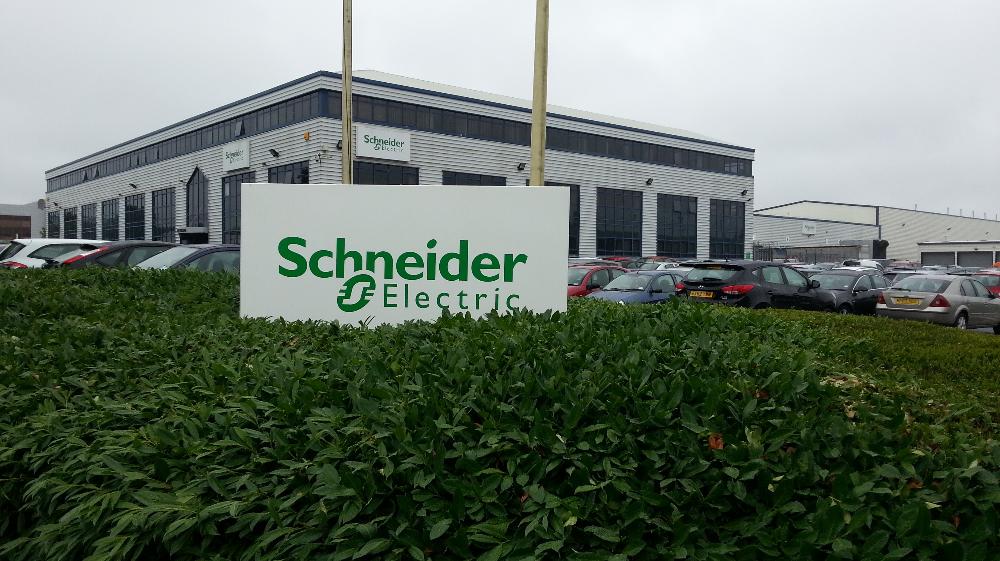Schneider Electric, the leader in the digital transformation of energy management and automation, reveals its 2025 predictions for the electrical industry in the UK and Ireland.
How will mega trends, such as climate change, energy transition and efficiency, and AI and digitalisation, impact the electrical industry in 2025?
David Williams, Schneider Electric’s Vice President, Transactional Business for UK&I, shares his thoughts on the top three trends in the coming year.
1. More accessible technology will be key to addressing the skills gap in the electrical industry
“The rapid evolution of technology has led to a growing skills shortage in the electrical industry, impacting productivity and growth. And with an estimated 20% of the workforce in the UK (6.5 million people) will be significantly under skilled for their jobs by 2030, the expertise of engineers will be crucial.
We’ll see advances in technology making training more accessible to a wider range of people wanting to upskill in the face of increasing digitisation in the industry. AI, social media, QR-codes will all be used to make educational assets and courses available to those who may be less IT-savvy, delivering training in a way that best suits their needs.
I also expect there will be more opportunities for people wanting to join the electrical industry through apprenticeship schemes and career change programmes to develop the new talent we need to recruit as the industry evolves and demand increases.”
2. Customer budget constraints will mean more retrofits projects rather than rip and replace
“Customers recognise the need to modernise outdated electrical infrastructure to improve energy efficiency, reduce waste, and help them meet their sustainability goals.
Budget constraints will make retrofits the preferred choice for many in the next 12 months. For contractors it will be important to address customers’ urgent needs to deliver increased energy efficiency but also think about the longer-term benefits of the equipment selected and the potential return on investment over time.”
3. New regulations will make active safety more of a priority.
“UK wiring regulations are being updated to improve safety and energy efficiency. These updates include the Arc Fault Detection Devices (AFDDs) to prevent electrical hazards and changes to Part L, which focus on energy efficiency in buildings. As a result, there's growing demand for smart, connected solutions that help monitor energy use, manage maintenance, and reduce costs with better visibility and remote control.
This will be specific to certain installations such as high-rise residential buildings, houses with multiple occupancy purpose-built student accommodation, care homes, and facilities that house irreplaceable goods.
The emphasis on safety for high-occupancy and high-value buildings signals an industry shift towards adopting advanced fault detection solutions, likely impacting both new projects and retrofitting initiatives.
Customers will be looking for increased reliability, resilience, and longevity so there will be increased opportunity to deliver a more preventative approach to fault detection. This will help customers to better anticipate what may go wrong and reduce downtime, limiting the impact on their business.”




